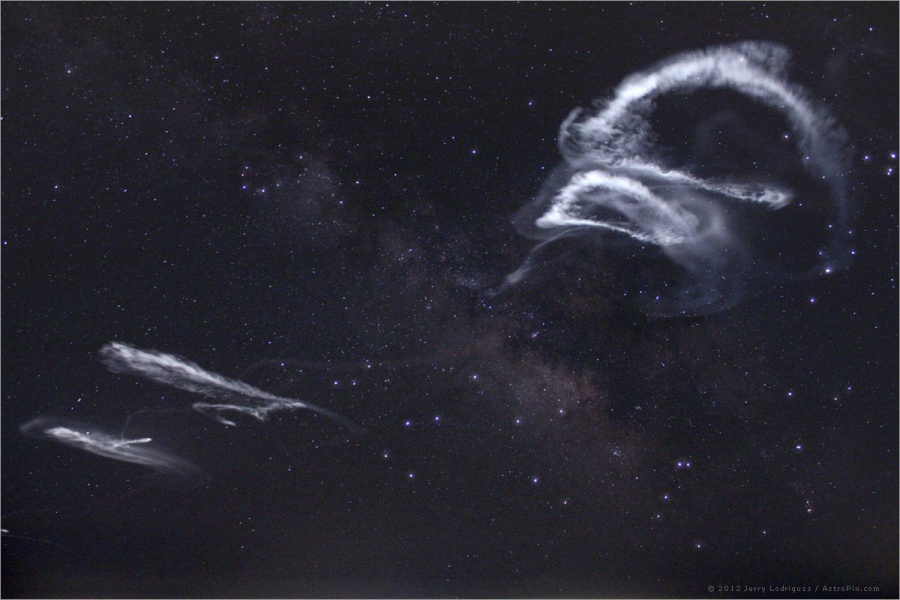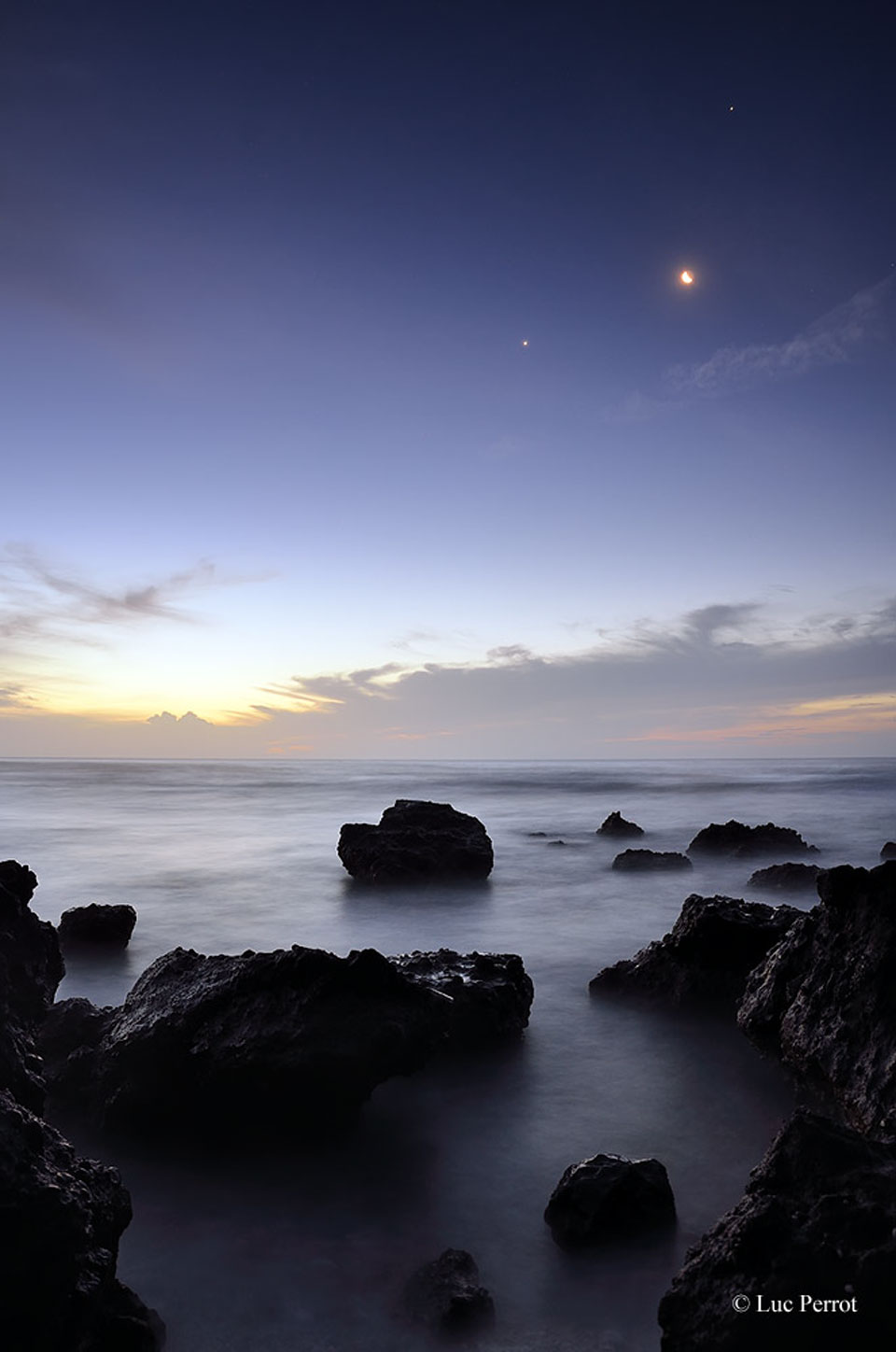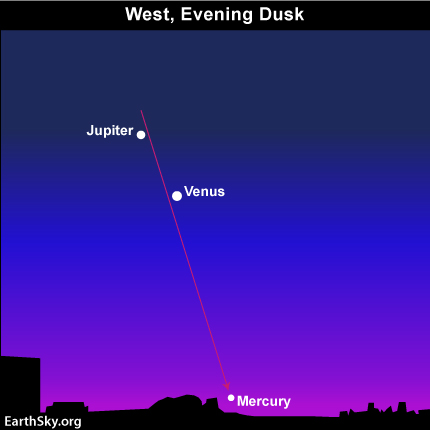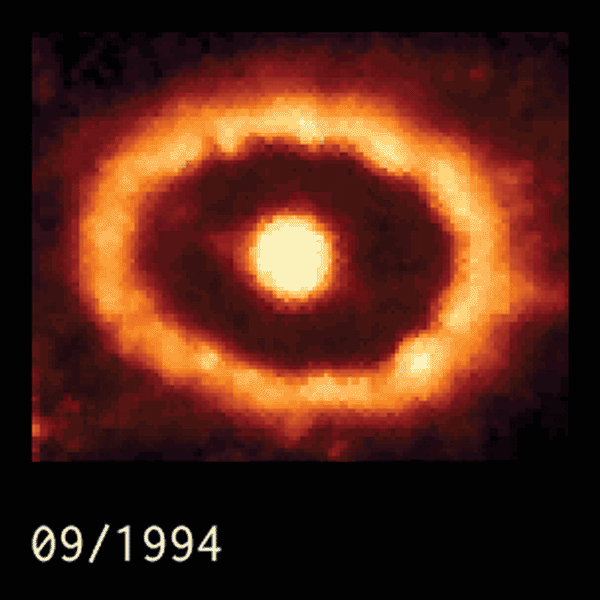Supernova remnants are important to our galaxy because they have great effects. They heat up our galaxy and distribute heavy elements within it. This means that they can encourage star formation. An example of a supernova remnant within our galaxy is the Crab Nebula(5 light years across), located in the constellation Taurus. It was first noticed in 1054 AD by Chinese astronomers. It contains a pulsar at its core and is about 6,500 light years away from Earth.

Another interesting supernova remnant within our galaxy is the Cygnus loop(aka Veil Nebula), which is located in the constellation Cygnus. It is basically a blast wave from a stellar explosion that occurred 15,000 years ago. It spans about six times the diameter of the full moon and is 2,600 light years away.
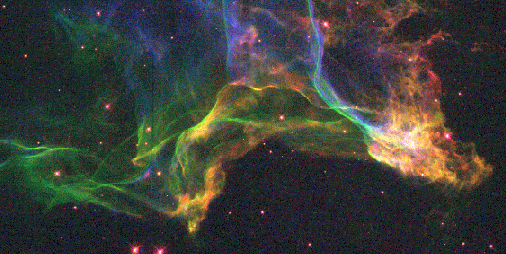
The youngest SNR in the Milky Way is G1.9+0.3. Astronomers believe it to be about 140 years old and is in the constellation Sagittarius. It is roughly 26,000 light years away.

